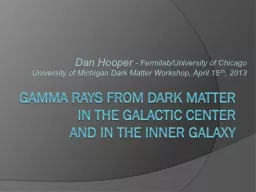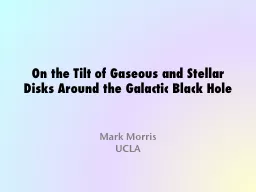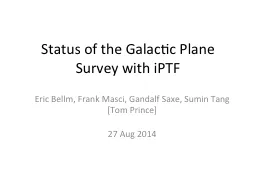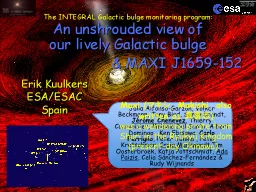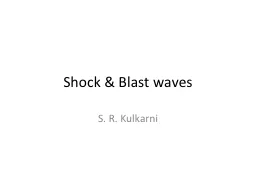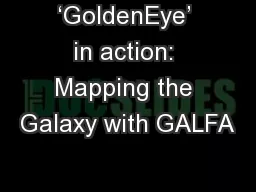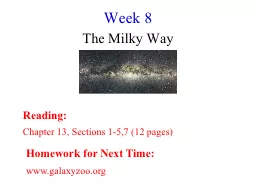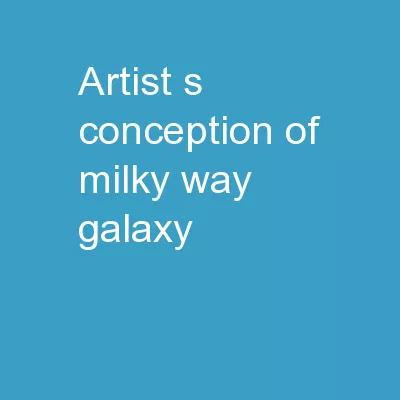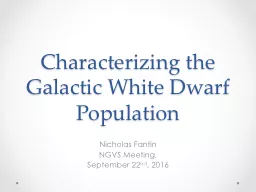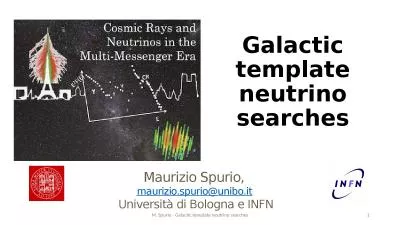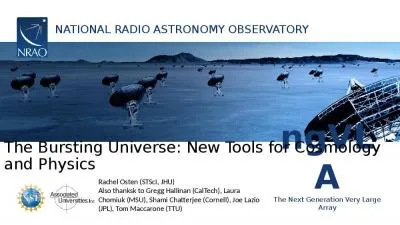PPT-CO J =1-0 + J =3-2 map (Oka+ 1999, 2007) Galactic Center
Author : phoebe-click | Published Date : 2019-11-03
CO J 10 J 32 map Oka 1999 2007 Galactic Center Kunihiko Tanaka 1 Tomoharu Oka 1 Shinji Matsumura 1 Kazuhisa Kamegai 2 Makoto Nagai 3 Testuo Hasegawa 4 1 Keio
Presentation Embed Code
Download Presentation
Download Presentation The PPT/PDF document "CO J =1-0 + J =3-2 map (Oka+ 1999, 20..." is the property of its rightful owner. Permission is granted to download and print the materials on this website for personal, non-commercial use only, and to display it on your personal computer provided you do not modify the materials and that you retain all copyright notices contained in the materials. By downloading content from our website, you accept the terms of this agreement.
CO J =1-0 + J =3-2 map (Oka+ 1999, 2007) Galactic Center: Transcript
Download Rules Of Document
"CO J =1-0 + J =3-2 map (Oka+ 1999, 2007) Galactic Center"The content belongs to its owner. You may download and print it for personal use, without modification, and keep all copyright notices. By downloading, you agree to these terms.
Related Documents


